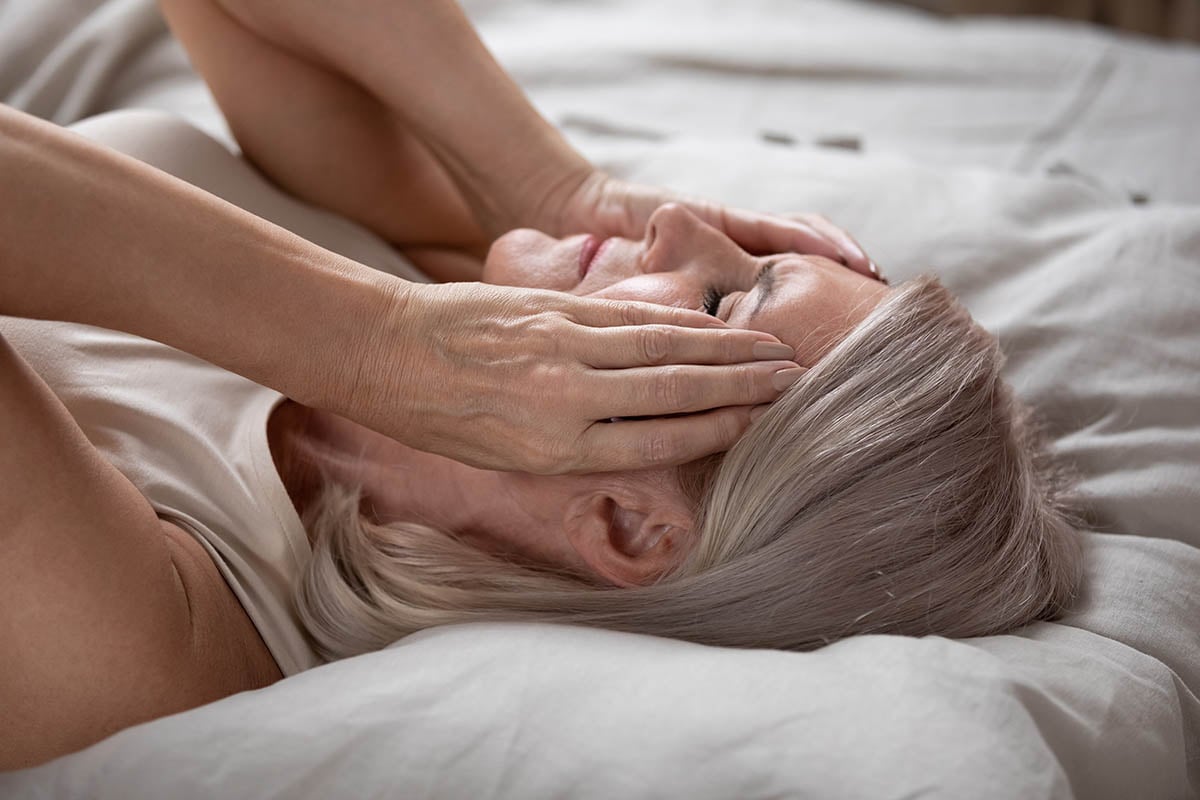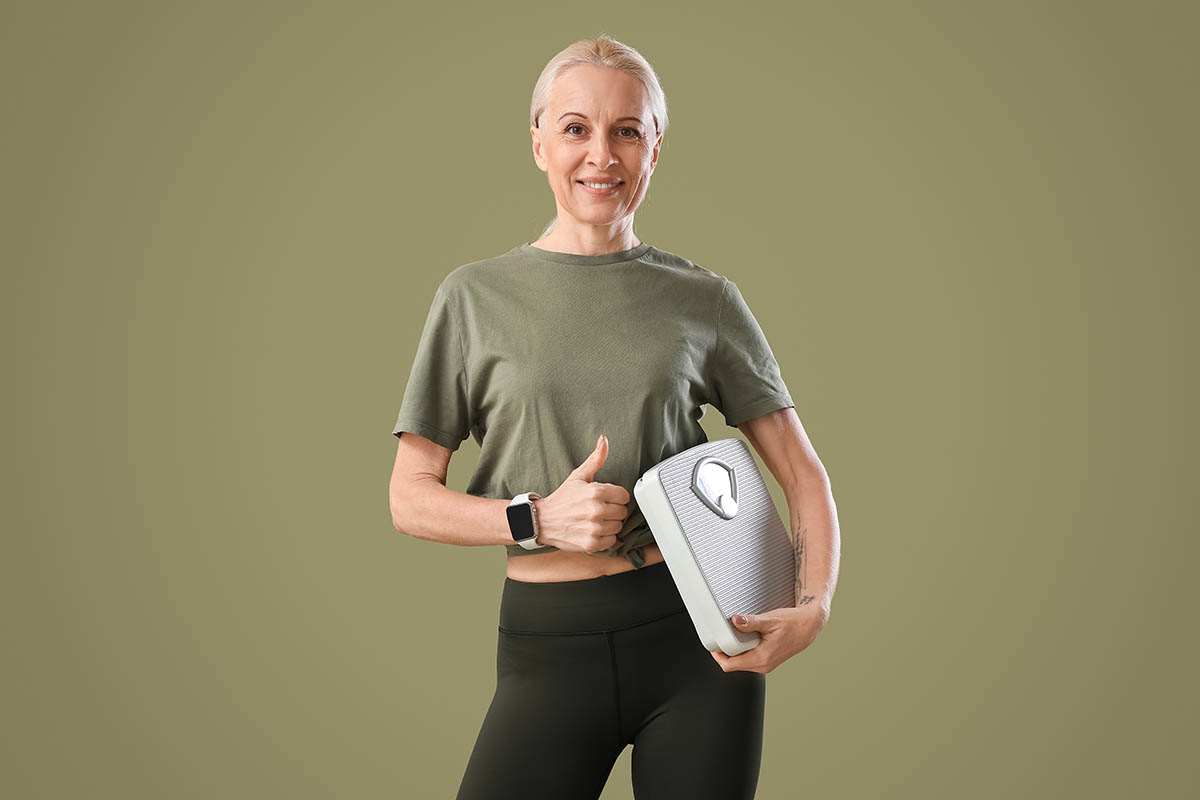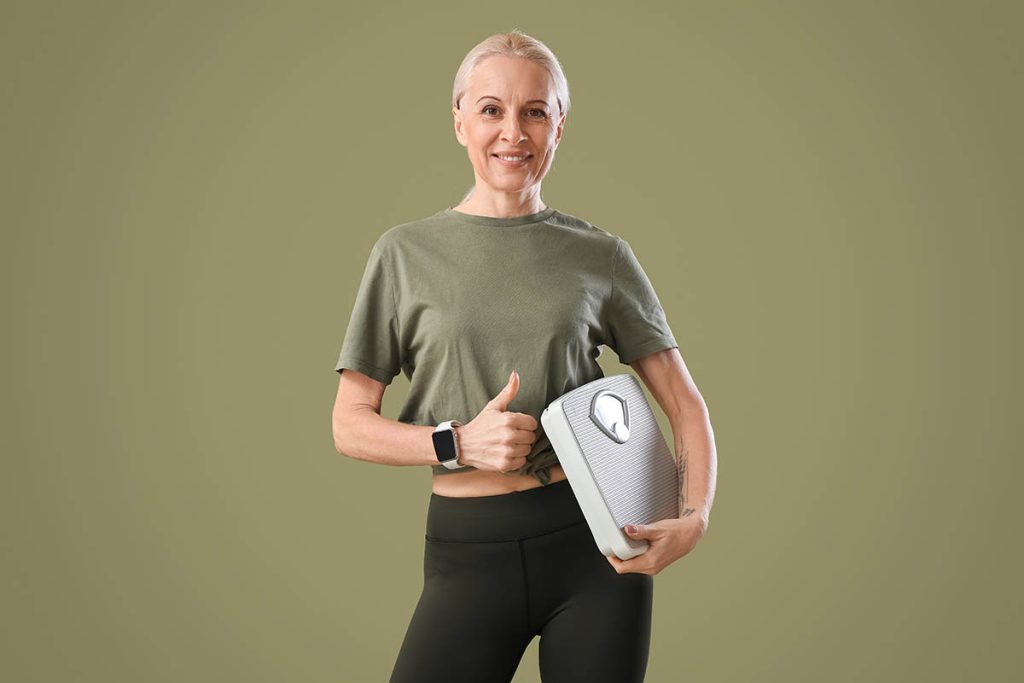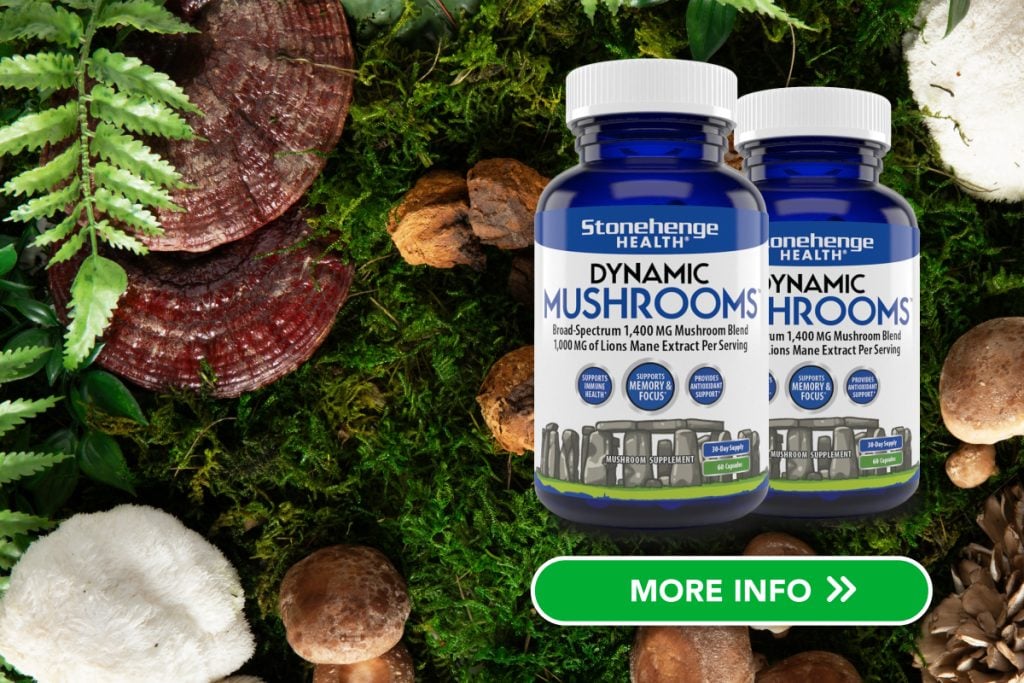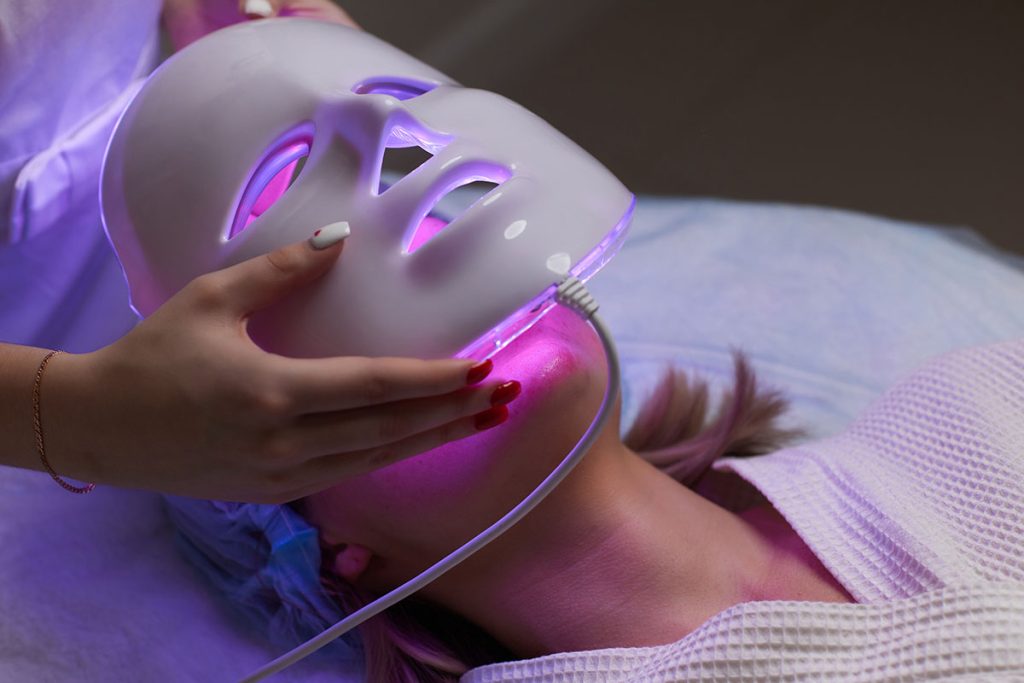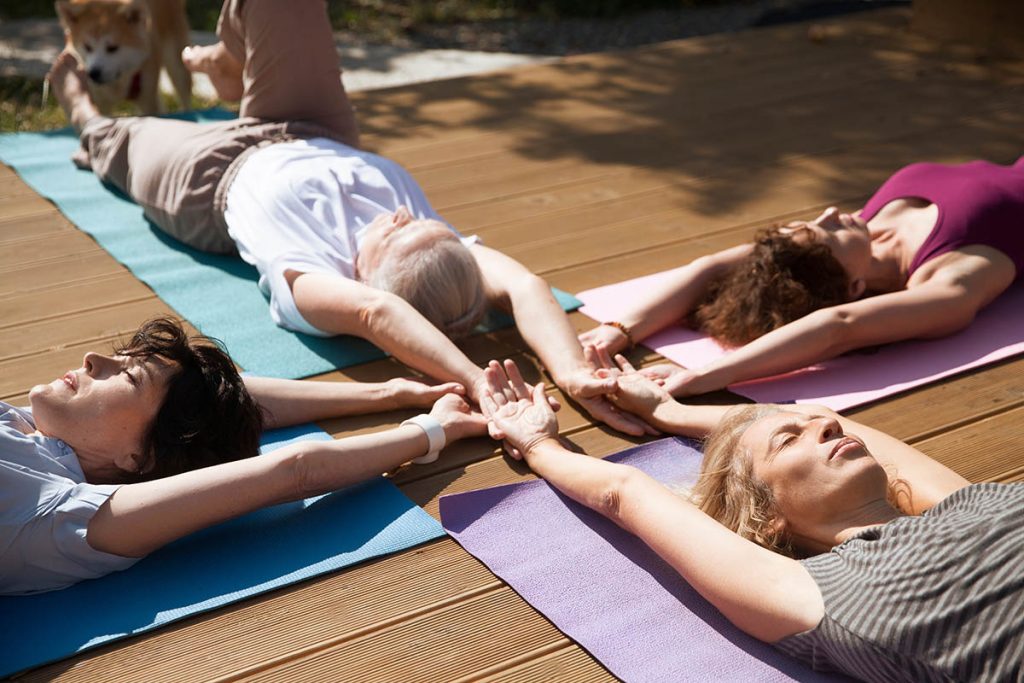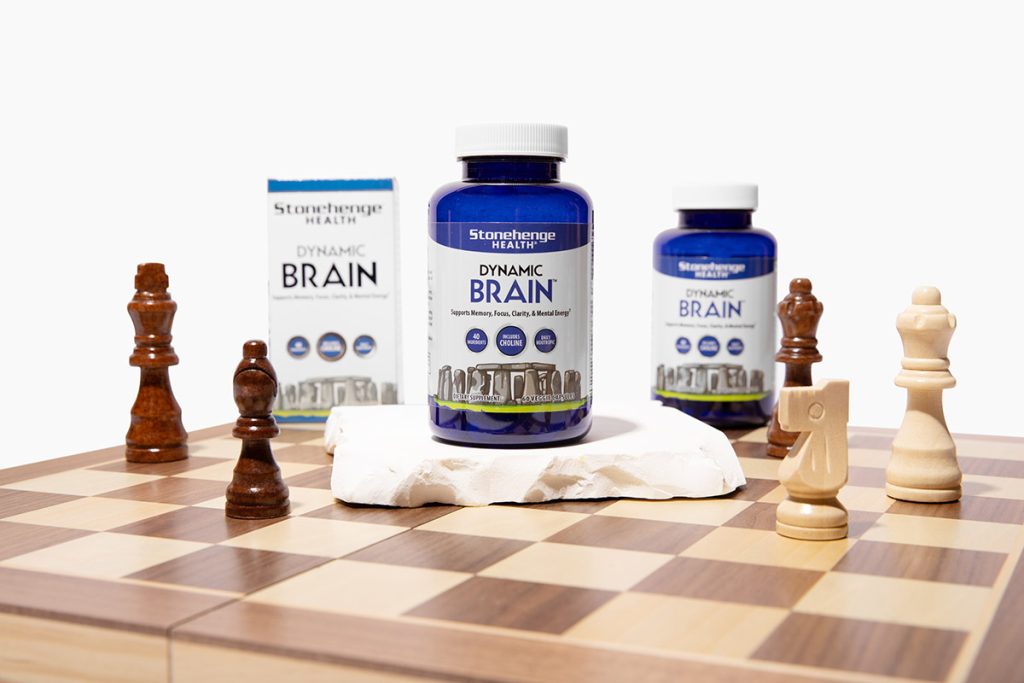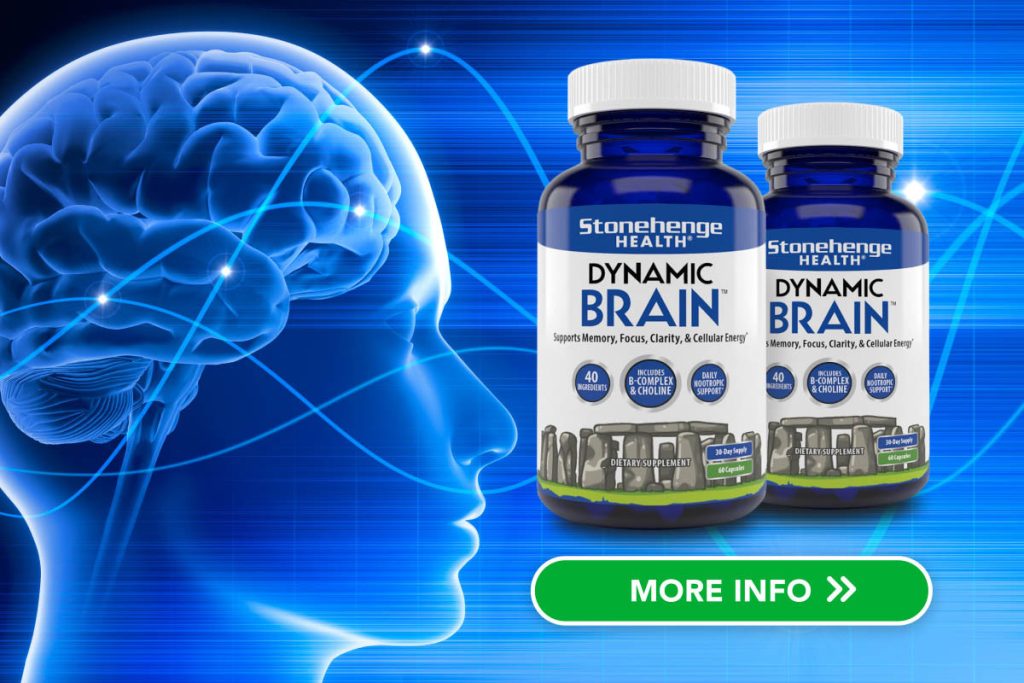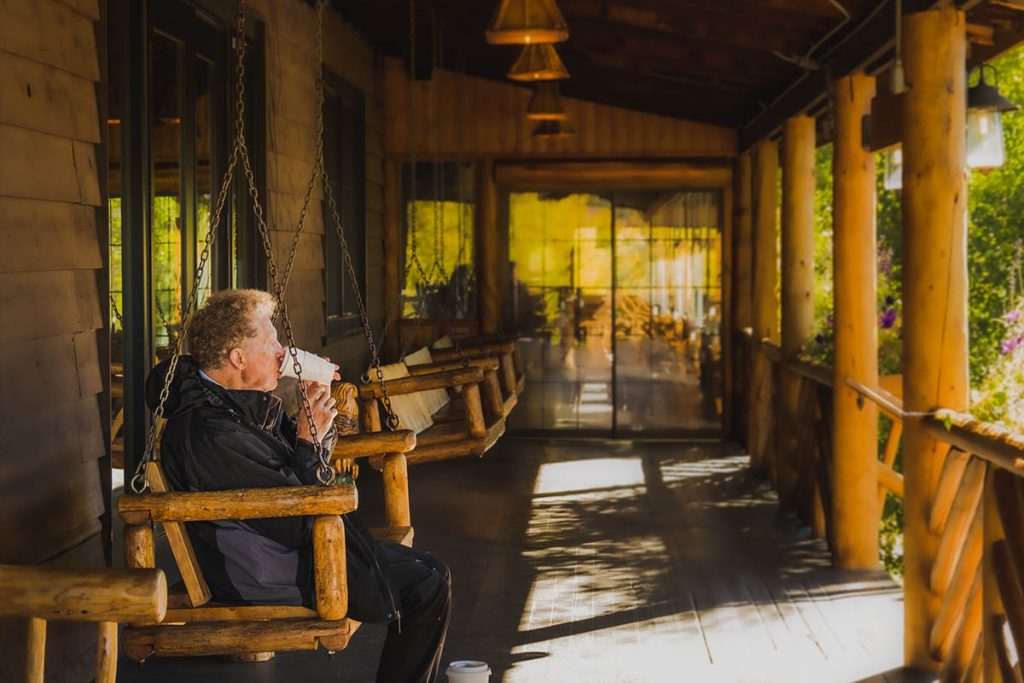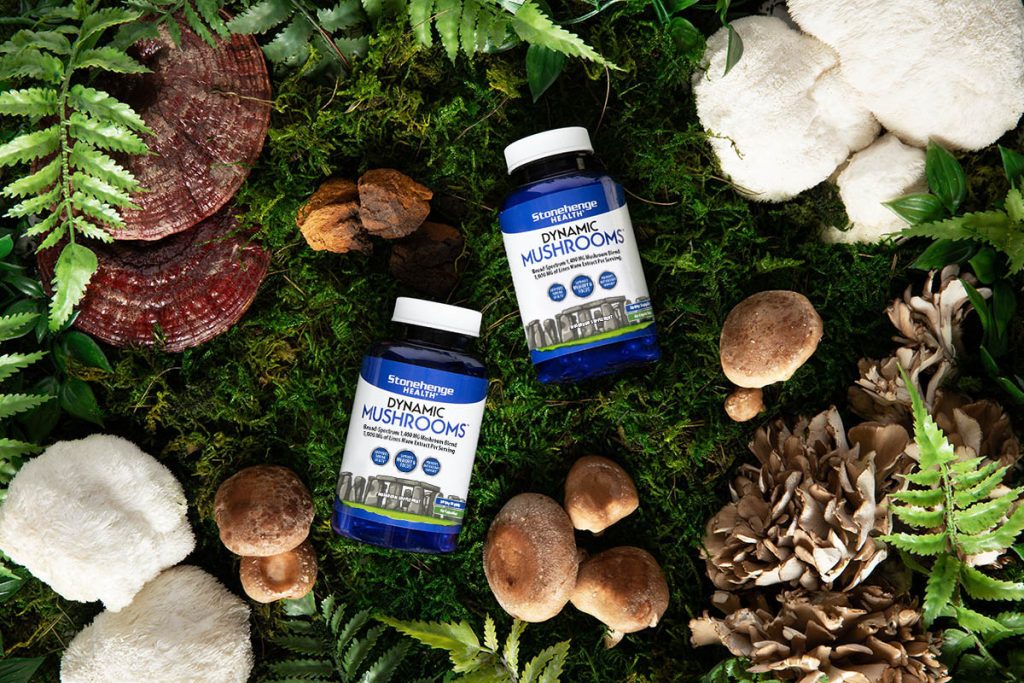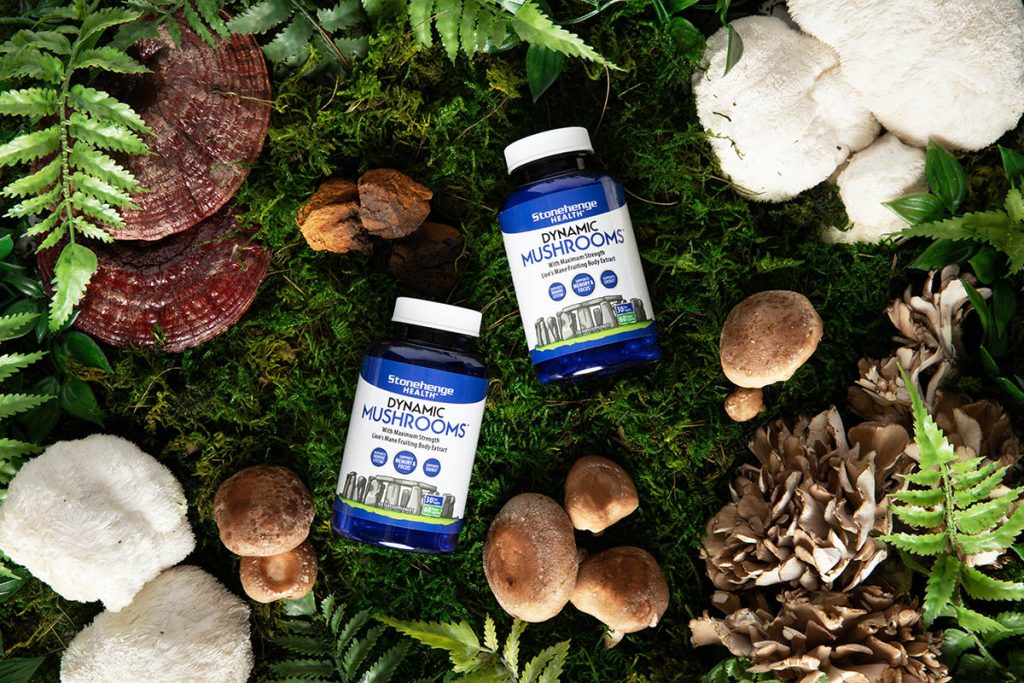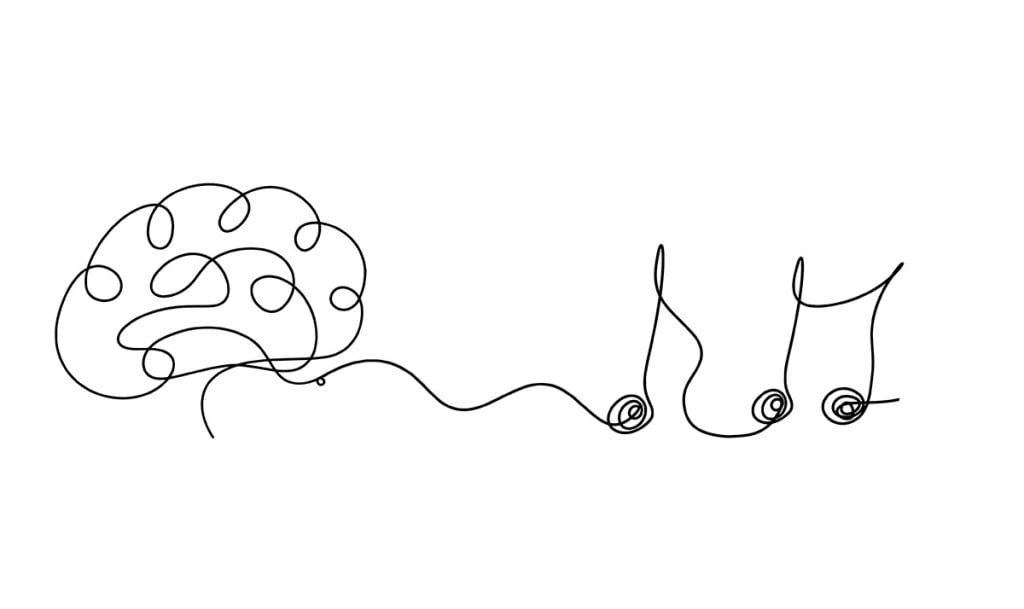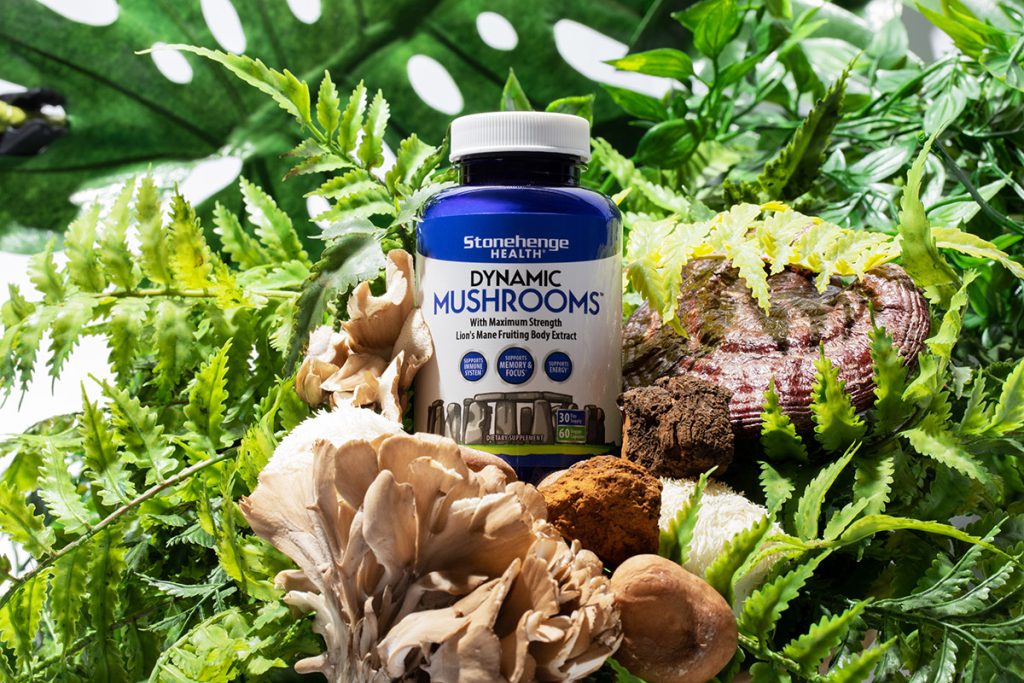
When you’re feeling unwell, your body instinctively knows what to do – sleep.
This isn’t a mere whim but a vital part of your body’s defense strategy. Sleep is a powerful tool for energy conservation, allowing your body to focus its resources on fighting off the illness. But it’s more than just an energy saver; sleep also facilitates cellular repair and regeneration, playing a pivotal role in your body’s healing process.
Interestingly, sleep also bolsters your fever response, a key player in enhancing your immune system’s effectiveness.
As you sleep, your immune activities heighten significantly, contributing to your increased need for sleep when you’re sick. Your body’s working overtime to heal and safeguard itself, and this process is most efficient during restful periods.
Therefore, when symptoms like coughing, sneezing, or headaches emerge, prioritizing sleep becomes essential in your recovery journey.
Understanding the Immune System

The immune system, our body’s built-in shield, is a sophisticated network of cells, tissues, and organs that collaborate to protect us from harmful pathogens such as viruses, bacteria, and parasites. It’s composed of two main subsystems: the innate (non-specific) immune system and the adaptive (specific) immune system, both of which work together to fend off infections and illnesses.1
Role of Sleep in Immune Function

During sleep, your body synthesizes and releases cytokines, proteins that are crucial in managing infection and inflammation, thus initiating an immune response.2 When deprived of sleep, the production of these protective cytokines can decrease. Additionally, the count of antibodies and cells that fight infections also reduces during periods of inadequate sleep.
Sleep and Immune Memory

Sleep also influences the adaptive immune system, which utilizes “immune memory” to combat previously faced pathogens effectively.3 Studies have shown that getting a good night’s sleep after receiving a vaccine can boost the immune system’s memory response. Conversely, a lack of sleep can impair the body’s ability to remember and respond to threats, leaving it more vulnerable.4
Sleep Deprivation and Increased Susceptibility to Illness

Research has consistently shown a link between lack of sleep and increased susceptibility to illnesses.5 For instance, one study found that individuals who slept less than seven hours per night were almost three times more likely to catch a cold than those who slept for eight hours or more. Persistent lack of sleep can precipitate severe health conditions such as weight gain, diabetes, heart disease, and potentially, premature death.6
The Reciprocal Relationship Between Sleep and Immune Response

The relationship between sleep and immunity is reciprocal. While quality sleep fortifies your immune system, your immune system, in turn, helps regulate your sleep patterns. This is mainly due to the cytokines released during an immune response that also promote sleep.
This intricate interplay underscores that sleep is essential in maintaining a robust immune response. So the next time you contemplate skipping sleep, remember that it’s not just your energy levels at stake, but your body’s natural defenses too.
In the broader health perspective, a balanced diet, regular exercise, and quality sleep make up the trifecta of wellness. Therefore, it’s important to give each component its due attention. Remember, a well-rested you is a healthier you!
How to relax and support your immune system at the same time…
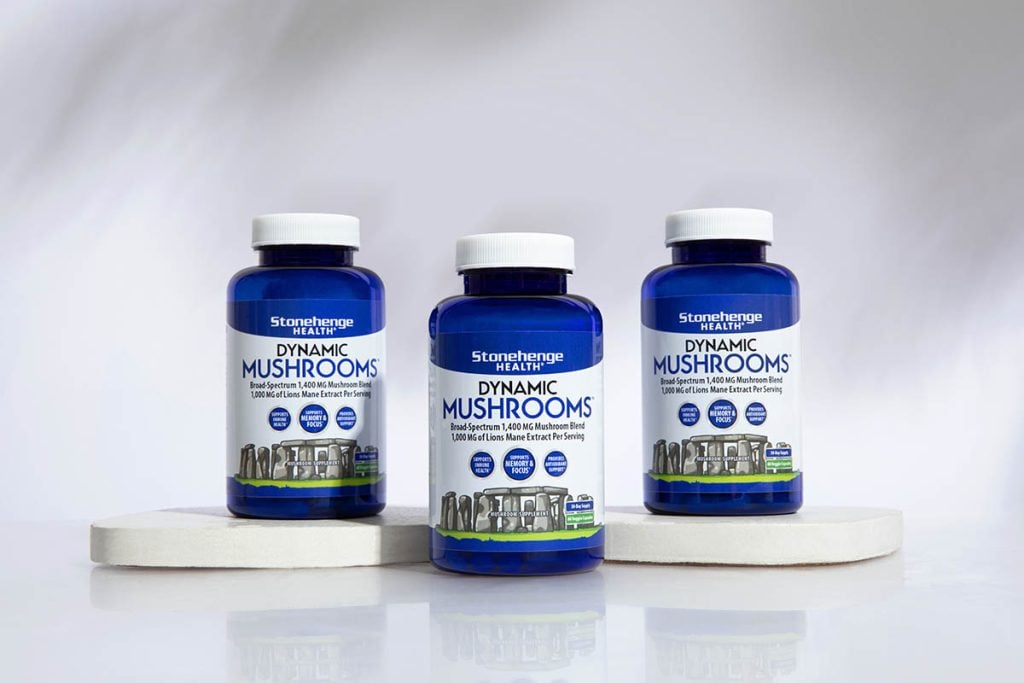
An emerging trend in the realm of relaxation is the use of adaptogens. These natural substances aid in building resilience to the physical and mental impacts of stress to your body, fostering a greater sense of tranquility.7-8 Among the extensively studied adaptogens, functional mushrooms like Lion’s Mane, Chaga, Maitake, and Reishi have gained attention.
Functional mushrooms also support your immune system.* Stonehenge Health has formulated Dynamic Mushrooms by expertly combining Lion’s Mane, Chaga, Maitake, Reishi, and Shiitake mushrooms. Incorporating Dynamic Mushrooms into a holistic lifestyle can help you maintain that cool and collected vibe needed to thrive.*
Sources:
1. Asif N, Iqbal R, Nazir CF. Human immune system during sleep. Am J Clin Exp Immunol. 2017 Dec 20;6(6):92-96.
2. Brain basics: Understanding sleep. National Institute of Neurological Disorders and Stroke. http://www.ninds.nih.gov/disorders/brain_basics/understanding_sleep.htm.
3. Besedovsky L, Lange T, Born J. Sleep and immune function. Pflugers Arch. 2012 Jan;463(1):121-37.
4. Zimmermann, P., & Curtis, N. (2019). Clinical Microbiology Reviews, 32(2), e00084-18.
5. Cirelli C. Definition and consequences of sleep deprivation. http://www.uptodate.com/home.
6. Spiegel, K., Tasali, E., Leproult, R., & Van Cauter, E. (2009). Effects of poor and short sleep on glucose metabolism and obesity risk. Nature reviews. Endocrinology, 5(5), 253–261.
7. Ann N Y Acad Sci. 2017 Aug;1401(1):49-64.
8. Liao LY et al. Chin Med. 2018 Nov 16;13:57.


